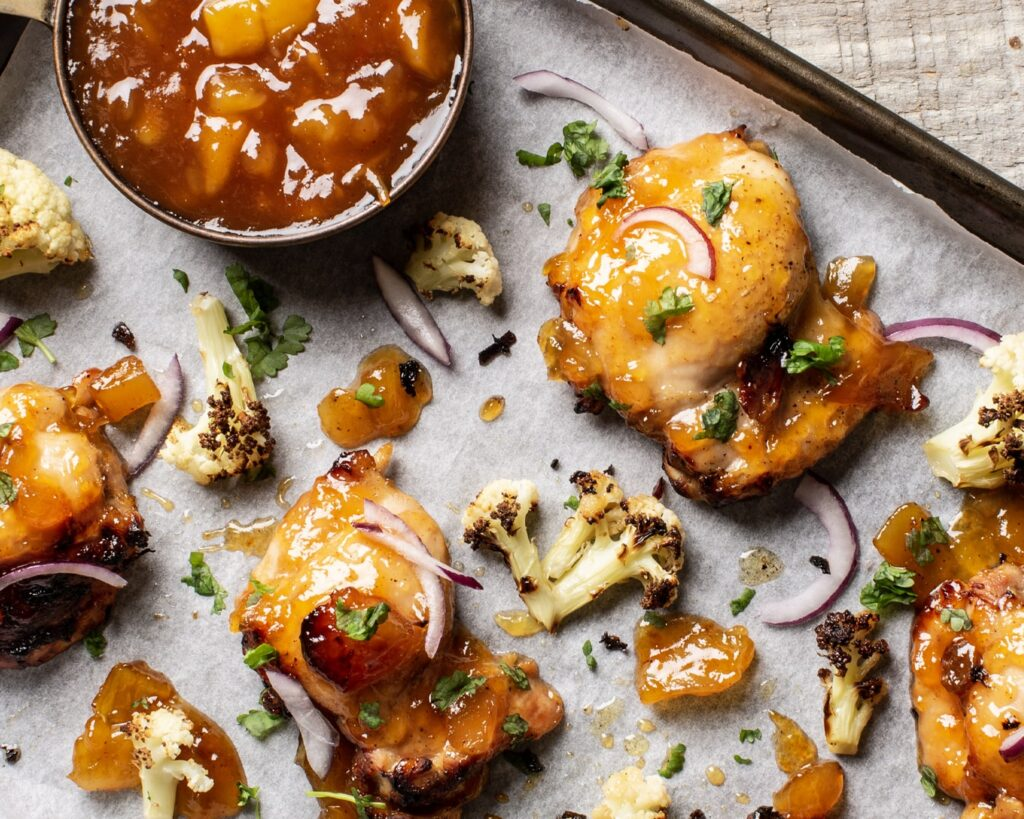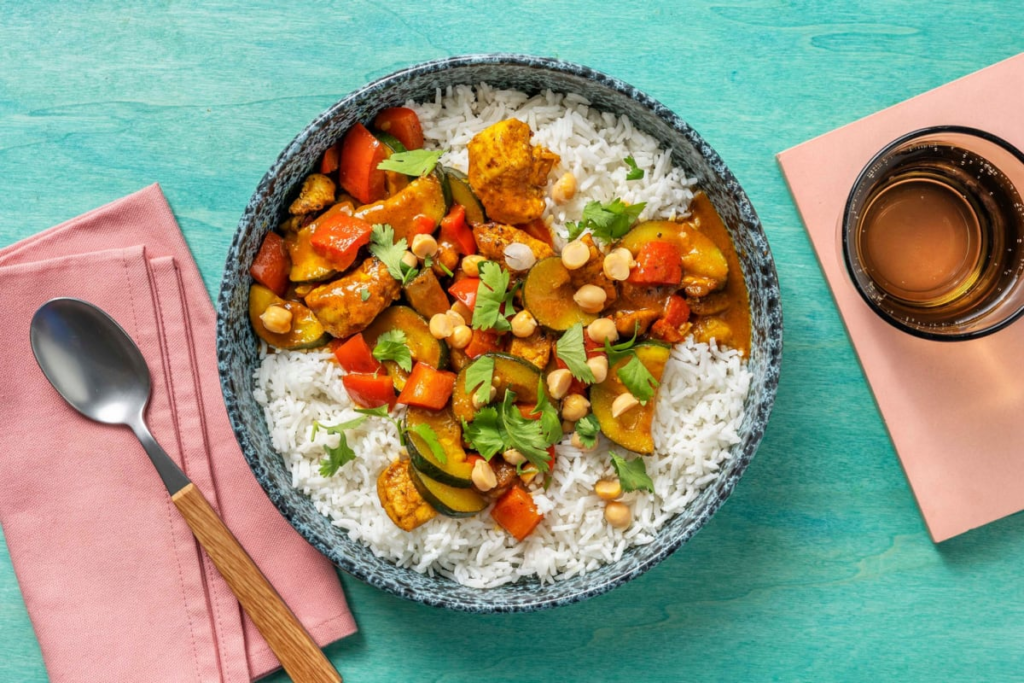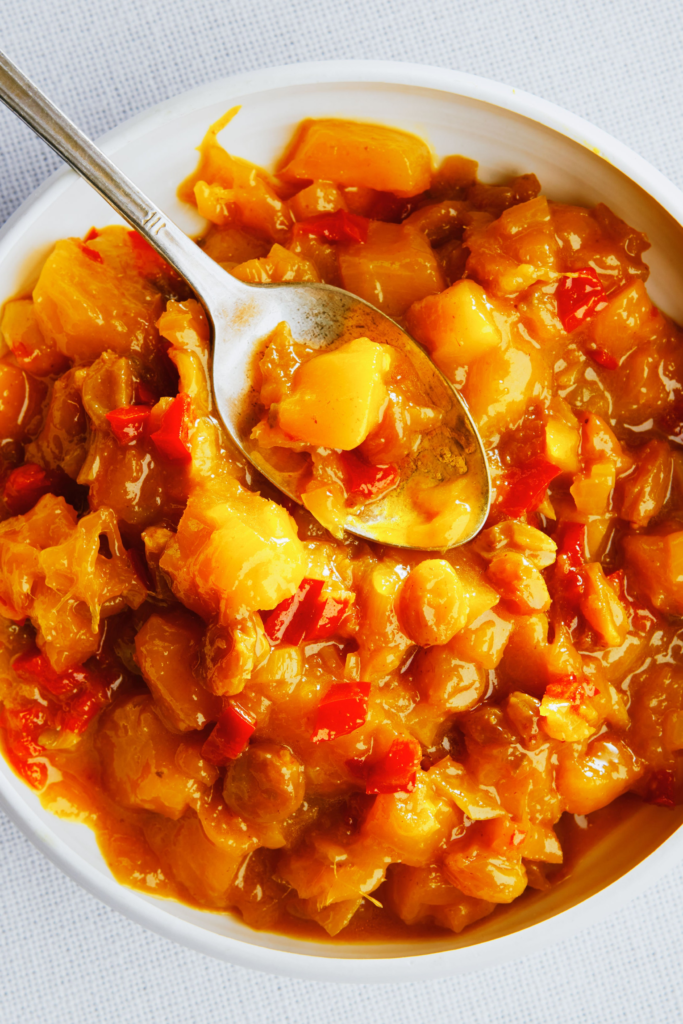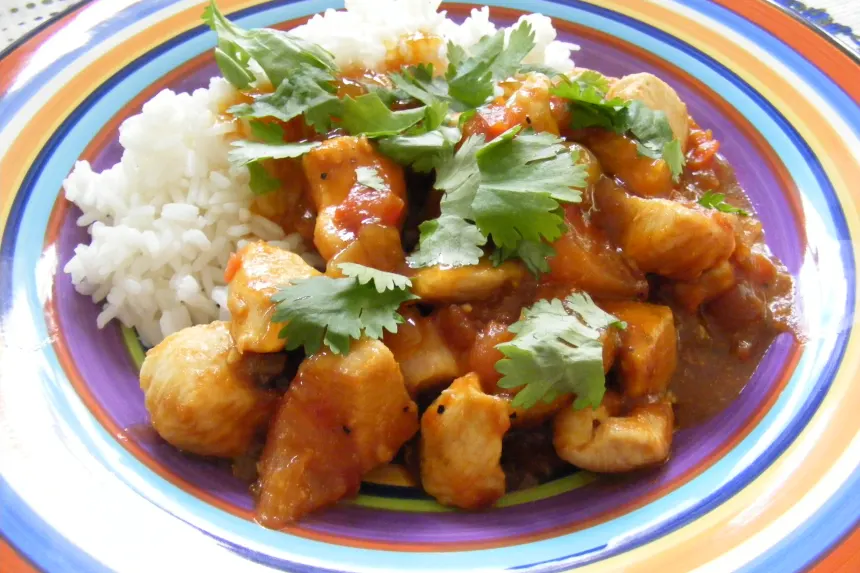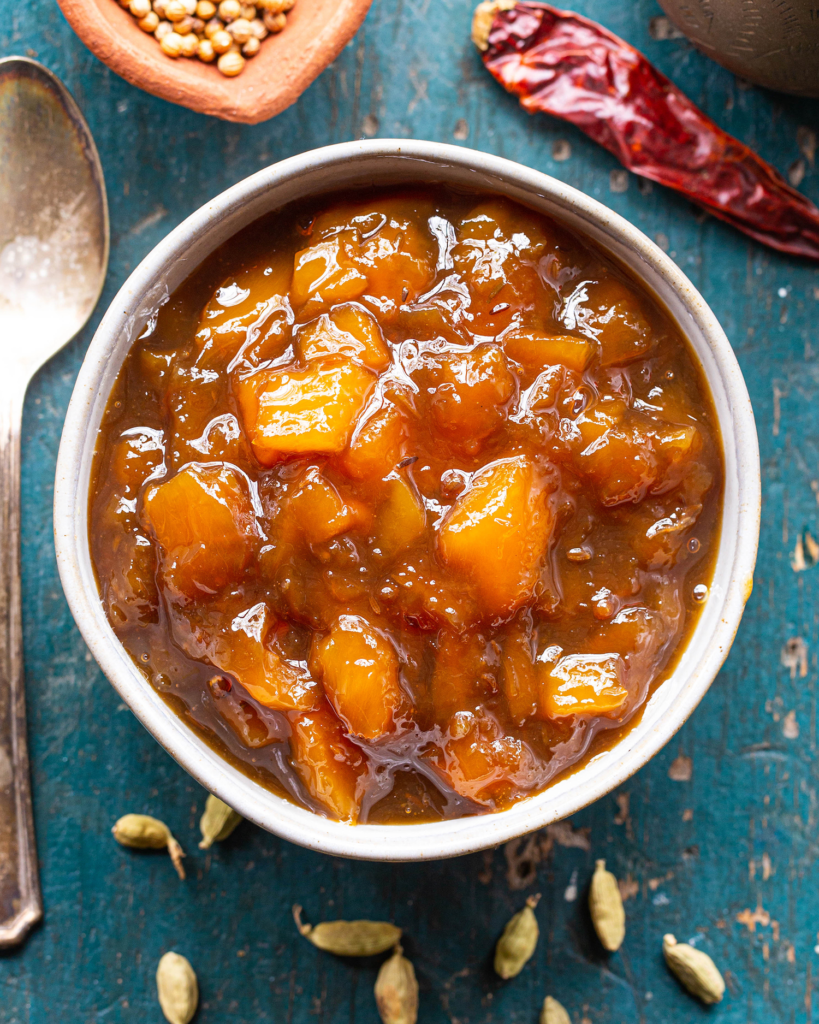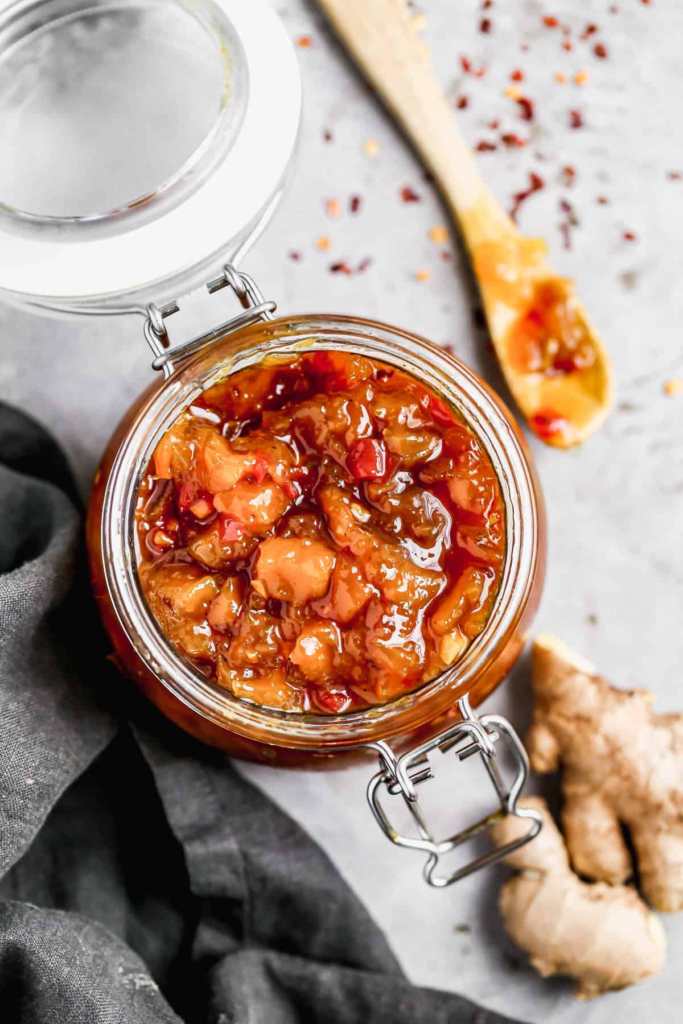
Everything Good Under The Sun: The Legacy of Merwanjee Poonjiajee & Sons Pvt. Ltd.
The culinary journey of Indian cuisine has been marked by a rich tapestry of flavors, spices, and traditions that have captivated palates around the world. Among the pioneers in this realm is Merwanjee Poonjiajee & Sons Pvt. Ltd., a company that has played a significant role in introducing Indian condiments to international markets. Established in 1876, this family-run business has remained committed to quality and authenticity, ensuring that every product reflects the age-old recipes passed down through generations. From its humble beginnings in India to its expansion into the United States, Merwanjee Poonjiajee embodies the essence of culinary heritage, with a particular focus on its flagship products: mango chutney and curry powder, both proudly bearing the “SUN BRAND.”
The Historical Context
The establishment of Merwanjee Poonjiajee in 1876 occurred during a time when India was under British colonial rule. This period was characterized by a cultural exchange that profoundly influenced culinary practices. The British settlers, while drawn to the rich flavors of Indian cuisine, often found the traditional dishes too spicy for their palates. This cultural intersection laid the groundwork for the creation of milder, yet flavorful condiments that could bridge the gap between Indian and British tastes.
The original products of Merwanjee Poonjiajee, particularly its mango chutney and curry powder, were among the first to be exported from India. These products not only showcased the unique flavors of Indian cuisine but also catered to the evolving tastes of a diverse consumer base. The company’s commitment to using only the finest ingredients has been a cornerstone of its success, ensuring that each product is crafted with care and authenticity.

